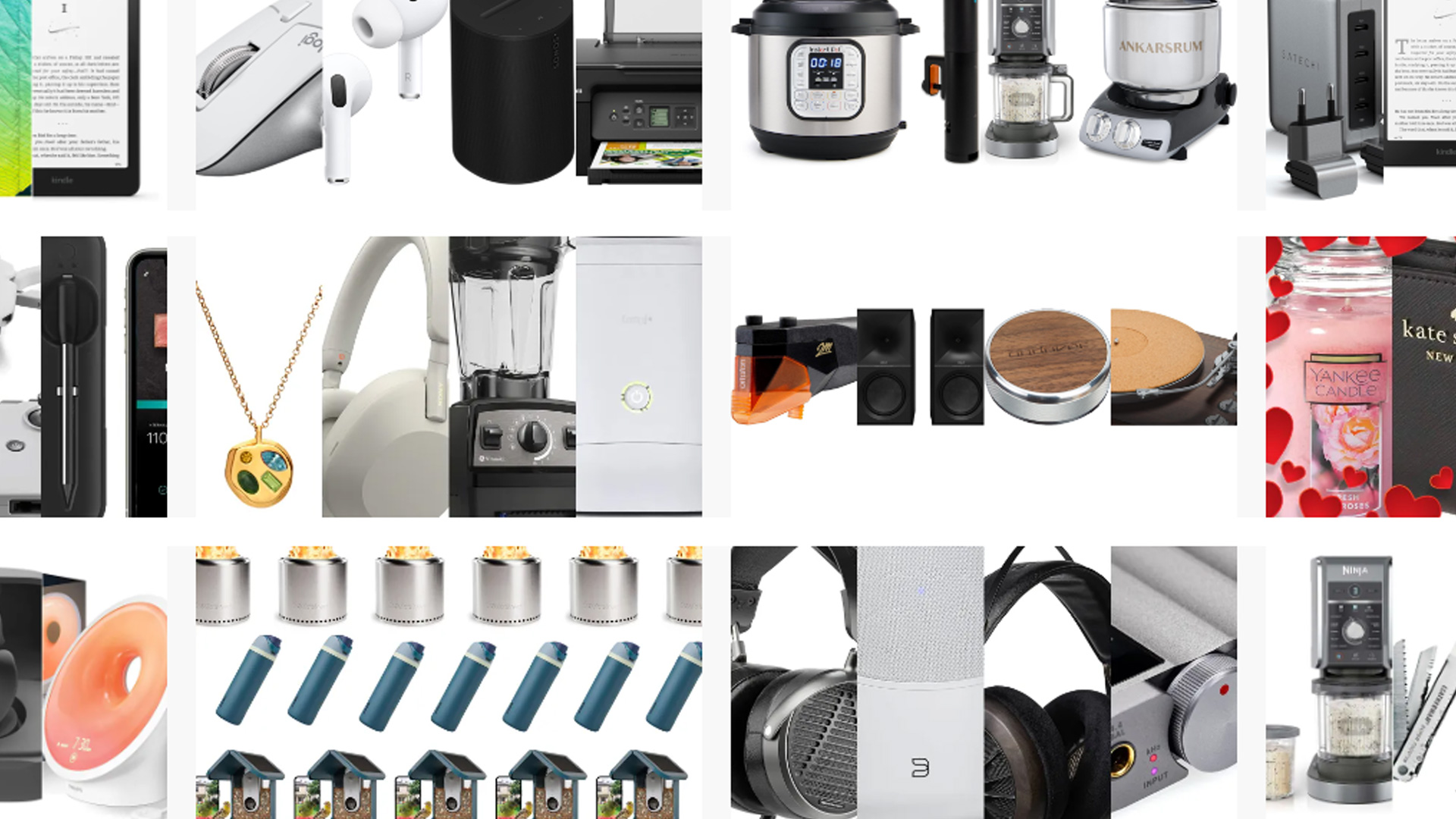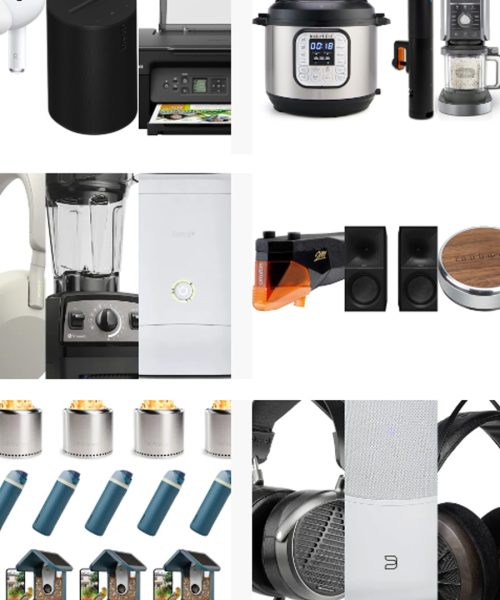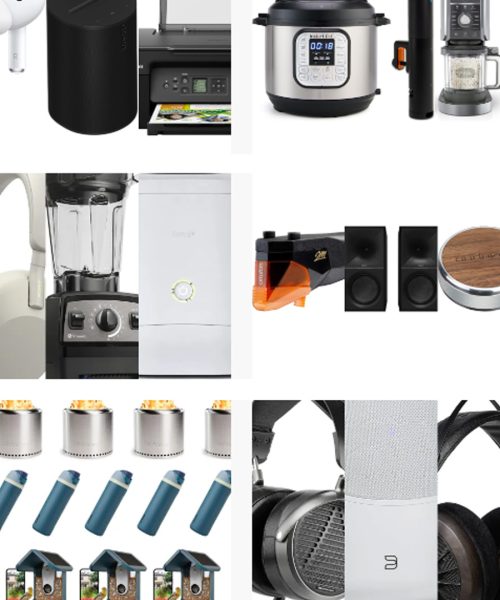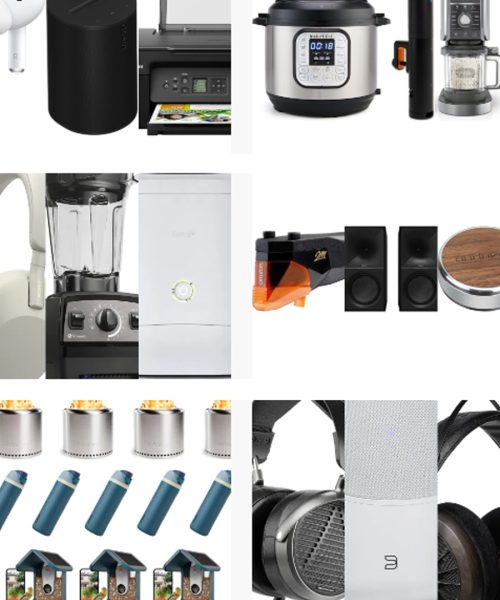Urinals aren’t a new concept. In fact, some of the earliest known examples can be traced back to around 1000 CE, when Sri Lankan monasteries began installing elaborately carved stone receptacles. European versions began taking hold in the 19th century thanks in large part to the work of Parisian civil servant Claude-Philibert Barthelot. By 1917, the public restroom staple was culturally ubiquitous enough to inspire Marcel Duchamp’s “La Fontaine.” Since then, basic urinal design has remained similar, if not nearly identical, to Duchamp’s famous dadaist art piece. And as any urinal user knows, there are still drawbacks—or, rather, splashbacks.
While most people only occasionally experience the unpleasant splash, pee droplets add up. A 2019 study estimated that in the US alone, the country’s roughly 56 million urinals splatter public bathroom floors with as much as 1 million liters of urine every single day. Urine is mostly sterile, but the liquid quickly becomes a breeding ground for bacteria. Meanwhile, its ammonia-laden odor frequently seeps into the ambient air. The results are urinals and floors with significantly higher bacteria concentrations compared to toilets requiring additional cleanup efforts. More cleanup means more labor, which in turn costs public institutions more money, time, and resources.
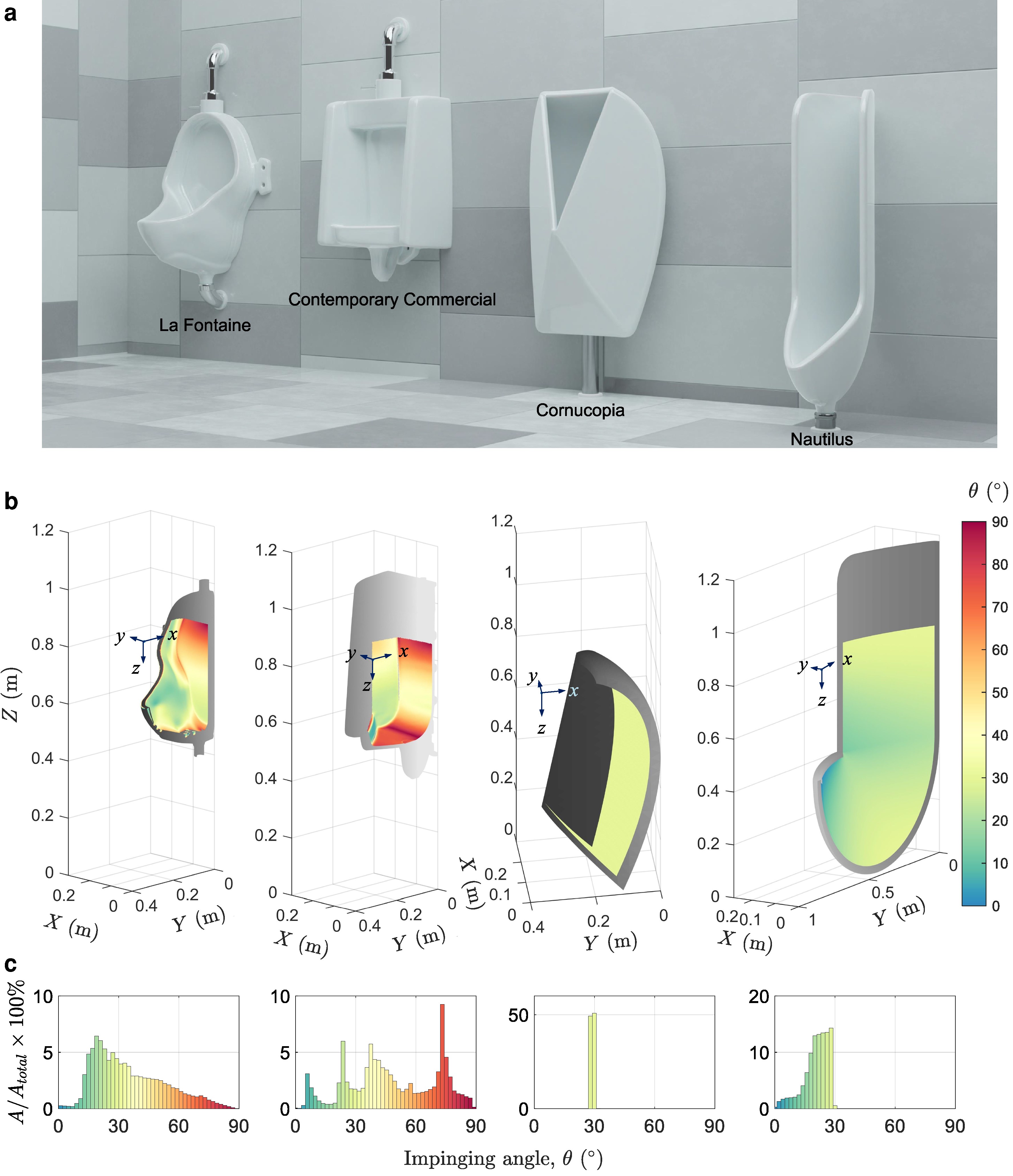
But after 108 years, “La Fontaine” may finally receive scientifically optimized design upgrades to reduce splashback and improve overall public health. Created by an international team including researchers and undergraduate students at Canada’s University of Waterloo, two new urinal builds dubbed the “Cornucopia” and the “Nautilus” leverage fluid dynamics to reduce pee splashback down to a fraction of what’s produced from contemporary commercial urinals. The designs are highlighted in a study published on April 8 in the journal PNAS Nexus.
“This urinal design project is the best teaching tool I can think of, as it is a daily-life problem that covers numerous topics—including fluid mechanics, sustainability, differential equations, manufacturing and prototyping, art, industrial design, human factors, bio-mechanics and testing,” Zhao Pan, a University of Waterloo mechanical and mechatronics engineering professor and study lead author, said in a statement.

According to researchers, part of the project’s inspiration came not from human physiology, but dogs. Canines often urinate against trees at unconsciously specific angles in order to reduce splashing. The team then needed to solve for what’s known as an isogonal curve problem—essentially, urine’s angled interactions with a urinal that produce spiraling similar to the geometry seen in nautilus shells (hence one of the new urinal names). From there, the study’s authors tested a dyed water jet that approximated the flow of human urine onto five different urinals—one standard North American design, a model of Duchamp’s “La Fontaine,” and three of their own making. Finally, researchers soaked up each urinal’s surrounding floor with paper towels, then weighed them to compare their splashbacks.
“We found that when a liquid jet or droplet train impacts a rigid surface below a certain critical impinging angle, almost no splatter is generated,” the researchers wrote in their study. “Thus, a surface designed to always intersect the urine stream equal to or smaller than the critical angle prevents splash-back.”
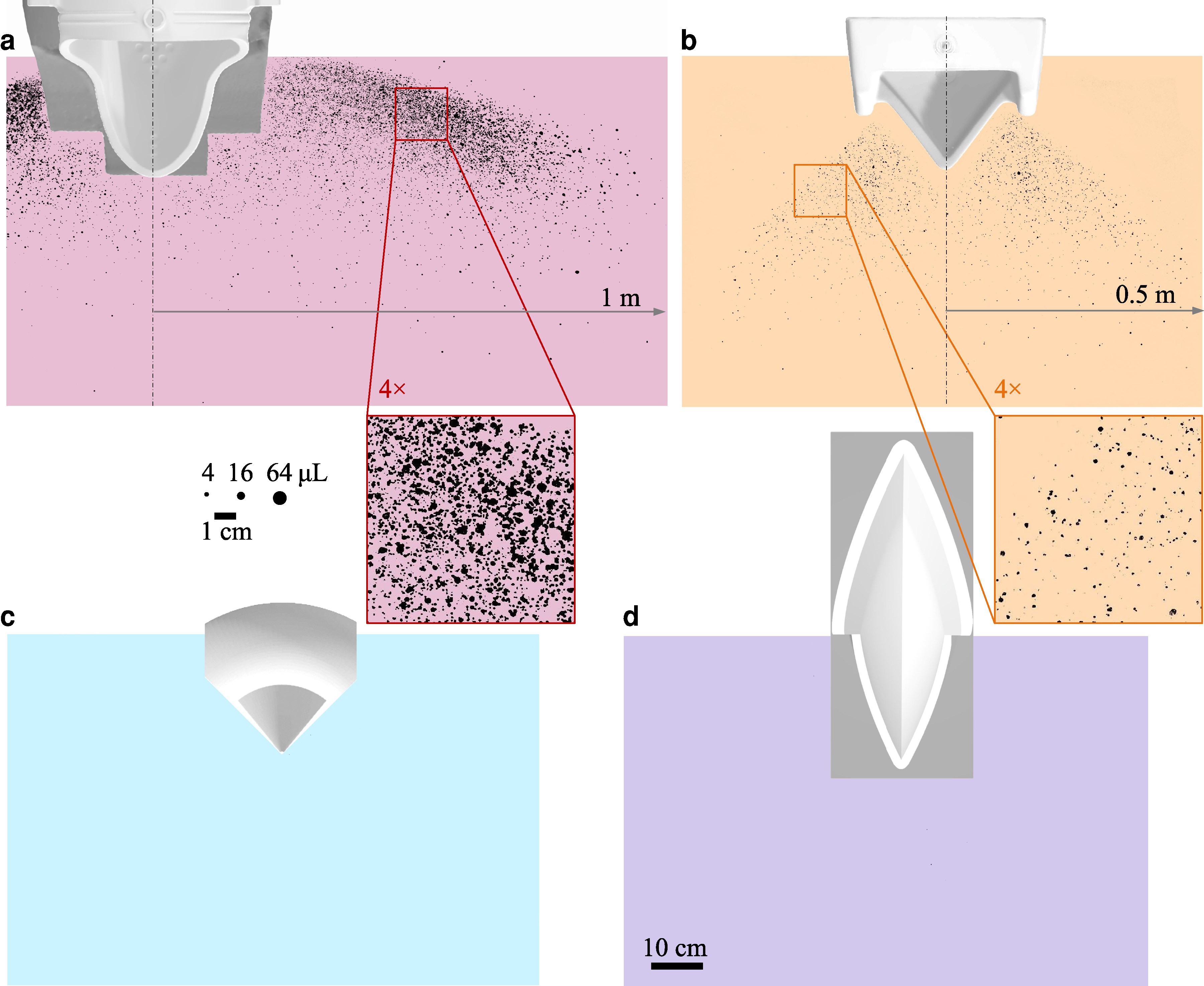
More specifically, splashback is significantly reduced whenever urine strikes a fixture’s surface at an angle of 30 degrees or less. In the end, the new Cornucopia and Nautilus urinals managed to reduce splashes down to just 1.4 percent of the common North American design. While Cornucopia is designed for standing users, Nautilus was created to accommodate people with disabilities and wheelchairs.
“The widespread adoption of the urinal designs described in this work would result in considerable conservation of human resources, cost, cleaning chemicals, and water usage,” the authors wrote, adding that largescale impacts could also include improved sustainability, public hygiene, and accessibility.
Based on conservative estimates, the team believes that replacing all public urinals in the US with something like the Nautilus would reduce splashback by 1 million liters per day.“Assuming 10 times as much water is required to clean a particular volume of splashed urine, we can save up to 10 million L of fresh water used for cleaning per day,” they explained.
But while dogs and nautilus shells helped get the team to start pondering improved public sanitation options, the larger endeavor had predictably humble beginnings.
“The idea for this project truly originated—well, exactly where you think it did,” Pan added. “When you study fluid behavior all day, you can’t help but wonder about these everyday scenarios.”
